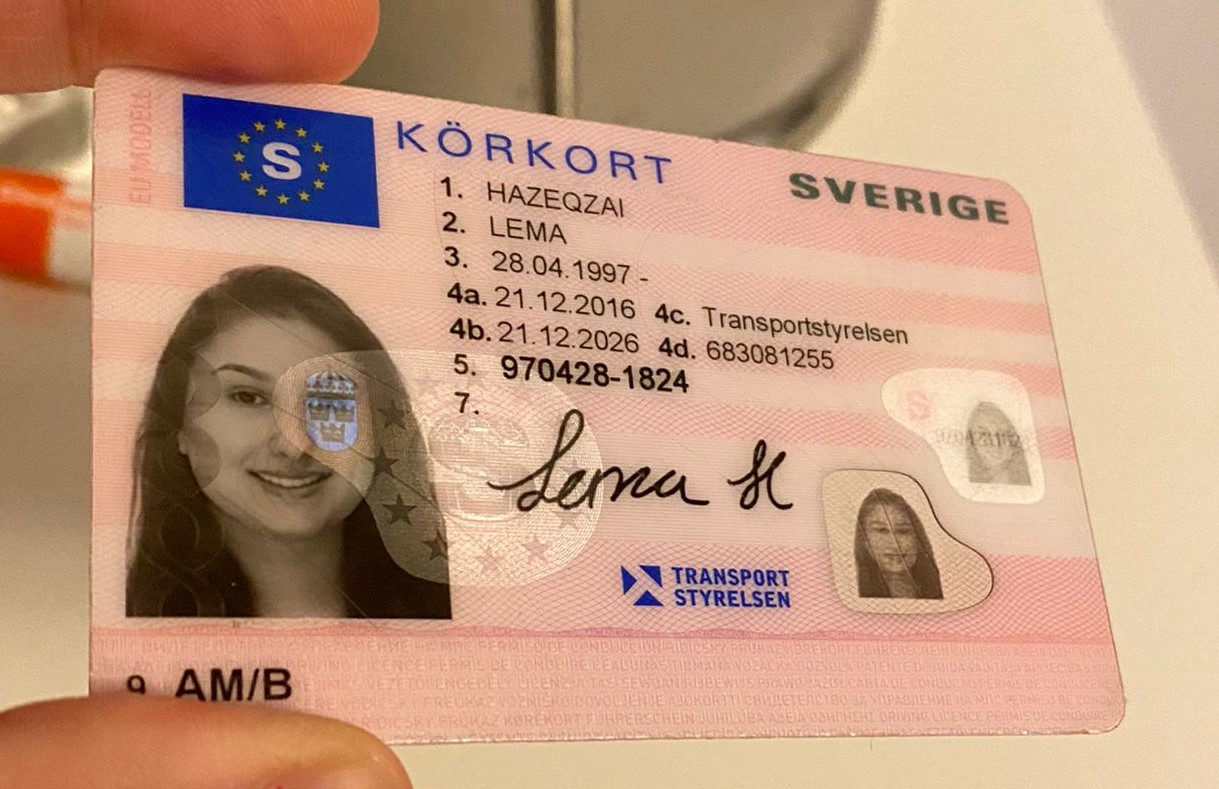Understanding Transportstyrelsen: Sweden's Transport Agency
Transportstyrelsen, or the Swedish Transport Agency, plays a vital function in the management and policy of numerous transport sectors within Sweden. De Körkort for guaranteeing safe, efficient, and sustainable transport systems, this company supervises a broad range of transport modes, including roadway, rail, aviation, and maritime. This post explores the company's structure, functions, guidelines, and effect on the Swedish transport landscape.
Introduction of Transportstyrelsen
Established mostly to enhance the management of the transport sector, Transportstyrelsen combines numerous functions connected to traffic safety, infrastructure, and environmental impact. The firm operates under the Ministry of Infrastructure and operates in collaboration with regional governments, personal sector stakeholders, and international companies.
Secret Functions of Transportstyrelsen
Transportstyrelsen's duties incorporate a broad scope, which can be summarized as follows:
Regulatory Framework Development
- Develop policies and requirements for all transportation modes.
- Screen compliance and impose suitable laws and regulations.
Licensing and Registration
- Handle the licensing process for chauffeurs and transport businesses.
- Keep a detailed database of registered automobiles and airplane.
Traffic Safety Promotion
- Conduct research study and gather information on transportation safety.
- Implement campaigns targeted at increasing public awareness about traffic safety.
Sustainability Initiatives
- Promote eco-friendly transport solutions.
- Encourage the adoption of electric and alternative fuel lorries.
International Collaboration
- Engage with other European and international transport authorities.
- Take part in initiatives intended at harmonizing transport policies across borders.
Organizational Structure
Transportstyrelsen is arranged into several departments, each focusing on specific transportation techniques:
- Road Traffic Department
- Railway Department
- Maritime and Air Traffic Department
- Environment and Sustainability Department
- Financial Analysis and Strategy Department
This structure permits specialization and focused efforts in managing the varied elements of transport within Sweden while guaranteeing that all departments work collaboratively towards typical goals.
| Department | Secret Responsibilities |
|---|---|
| Road Traffic Department | Handles chauffeur licensing, vehicle registration, and road security policies. |
| Train Department | Supervises train security, infrastructure development, and service quality. |
| Maritime and Air Traffic Department | Manages shipping and air travel, ensuring compliance with safety standards. |
| Environment and Sustainability Department | Addresses transport-related environmental problems and promotes sustainability practices. |
| Financial Analysis and Strategy Department | Performs financial analyses to notify policy and technique on transportation efforts. |
Impact on the Swedish Transport System
Transportstyrelsen's impact on the Swedish transportation system is profound. The agency's regulations and policies shape the safety, performance, and ecological effect of transportation in Sweden. Secret contributions include:
- Enhanced Safety Standards: By setting rigid security policies and continuously keeping an eye on compliance, the company helps lower accident rates and improve total roadway, rail, and air security.
- Promo of Public Transport: Through financial investments and assistance for public transportation systems, the company motivates a shift from private vehicle dependence to more sustainable and environmentally friendly transport modes.
- Support for Innovations: The agency cultivates innovation in the transport sector by supporting new technologies such as electric automobiles and clever traffic systems, aiming to fulfill both present and future difficulties in transport logistics and environmental management.
Guideline Compliance
To ensure compliance with Transportstyrelsen's guidelines, stakeholders in the transport sector need to abide by various standards and requirements. This consists of obtaining essential licenses, undergoing examinations, and submitting reports on security performance.
Important Compliance Areas
- Chauffeur Licensing Requirements
- Car Inspection Standards
- Safety Protocols for Transport Operations
- Environmental Regulations for Vehicle Emissions
- Functional Standards for Public Transport Services
Infractions of these guidelines can cause considerable charges, consisting of fines and the revocation of licenses or licenses.
Often Asked Questions (FAQs)
What is Transportstyrelsen?Transportstyrelsen, or the Swedish Transport Agency, is the government authority responsible for regulating all elements of transportation in Sweden, including road, rail, maritime, and air travel sectors. How does Transportstyrelsenensure safety in transportation? Körkort Id-Handling 2025 establishes and implements policies, conducts research study, and executes security projects to promote safe transport practices among all roadway users. What kinds of lorries does Transportstyrelsen regulate?Transportstyrelsen regulates a large range of automobiles, consisting of passenger vehicles, industrial cars, motorcycles, aircraft, and maritime
vessels. How can I contact Transportstyrelsen? Körkort Id-Handling 2025 can be called via their main website where numerous resources, contact information, and types for inquiries are supplied.
Is there an appeal process for licensing decisions made by Transportstyrelsen?Yes, individuals and business can appeal choices made by Transportstyrelsen regarding licenses and policies as outlined in their official
guidelines. Transportstyrelsen is an important part of Sweden's transport landscape, guaranteeing that the systems in location are not only efficient and reliable however also safe and environmentally mindful. Its multifaceted obligations,
from guideline to public safety, establish a structure that benefits both the Swedish population and the wider transport network. Understanding Transportstyrelsen's roles and functions assists stakeholders browse the intricacies of the transportation sector, fostering compliance and promoting improvements needed for future sustainability.

